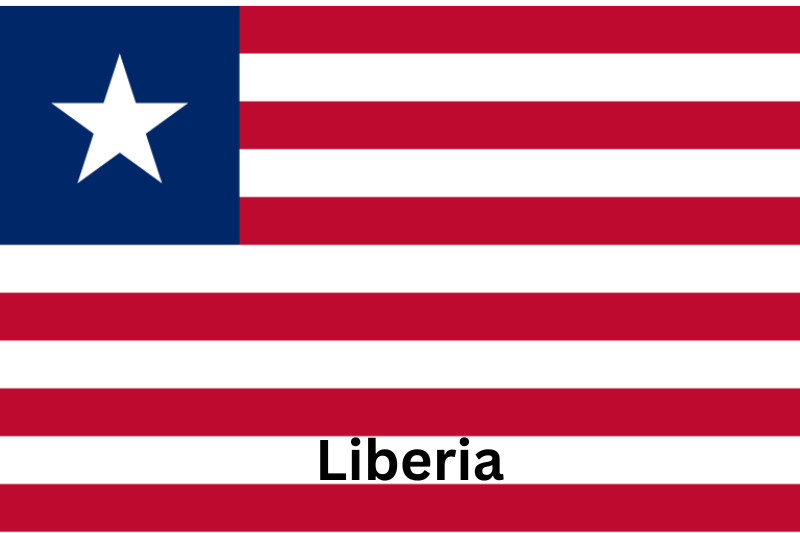
Latest Newspapers And Magazines From Liberia Complete List And Links
Leading newspapers and magazines from Liberia
- Daily Observer, established in 1981, is daily newspaper from Monrovia, Liberia which cover politics, business and sports.
- Front Page Africa, established in 2005, is daily newspaper and online platform from Monrovia, Liberia which cover investigative journalism, politics and social issues.
- The Analyst is weekly newspaper from Monrovia, Liberia which cover politics, governance and civil society.
- The Inquirer, established in 2020, is weekly newspaper from Monrovia, Liberia which cover politics, business and international affairs.
- The New Dawn is daily newspaper from Monrovia, Liberia which cover politics, sports and business.
- New Republic Liberia is online newspaper from Monrovia, Liberia which cover politics, business and health.
- iF Magazine is bimonthly magazine from Monrovia, Liberia which cover international affairs, diplomacy and business.
- Smart News Liberia is online news outlet from Monrovia, Liberia which cover general news, politics and culture.
- The News Newspaper is online newspaper from Monrovia, Liberia which cover politics, community news and human interest.
- The Liberian Investigator is online platform from Monrovia, Liberia which cover investigations, business and editorial commentary.
- All Africa Liberia is online portal from Washington DC, USA which aggregate Liberian news covering politics, economy and society.
Browse more Liberia newspapers and magazines
Explore Politics, Culture, Geography & Traditions About Liberia
Political Overview
Liberia is a unitary presidential republic governed under the Constitution of 1986, which established a clear separation of powers among the executive, legislative, and judicial branches. The head of state and government is President Joseph Boakai, who assumed office on January 22, 2024, following a competitive national election and serves a six-year term. Legislative authority resides in a bicameral National Assembly: a 30-member Senate elected for nine-year terms and a 73-member House of Representatives elected for six-year terms, both chosen by direct popular vote. Since the end of the civil wars in 2003, Liberia has held regular multiparty elections that have been largely assessed as free and fair by international observers, contributing to gradual political stabilization.
Cultural Heritage and Identity
Liberia’s cultural landscape is woven from the traditions of more than twenty distinct ethnic groups, each speaking its own language and preserving unique customs that enrich the nation’s social tapestry. Major indigenous communities such as the Kpelle, Bassa, and Gio maintain vibrant oral traditions, music, dance, and artisanal crafts that have been passed down through generations. Layered upon these indigenous heritages is the influence of Americo-Liberians, descendants of freed African-American slaves who settled the country in the nineteenth century; their Creole culture introduced Western-style education, architecture, and institutions that continue to shape Liberia’s national identity. National festivals and celebrations ranging from traditional harvest rites to Independence Day parades further reinforce a shared identity while celebrating the diversity of Liberia’s artistic expressions and communal values.
Geographical Landscape and Climate
Situated on the Atlantic coast of West Africa between 4°N and 8°N latitude and 7°W and 11°W longitude, Liberia is bounded by Sierra Leone to the west, Guinea to the north, Côte d’Ivoire to the east, and the Atlantic Ocean to the south. The country’s terrain rises from a narrow, low-lying coastal plain to rolling plateaus and low mountains inland, with the highest point at Mount Wuteve (1,440 m) and extensive network of short rivers draining directly into the sea. Liberia experiences a tropical monsoon climate characterized by a dry season lasting from November through April and a rainy season from May through October; annual rainfall often exceeds 2,500 mm along the coast, and relative humidity frequently remains above 90 percent, moderated in December and January by the Harmattan winds from the Sahara.
